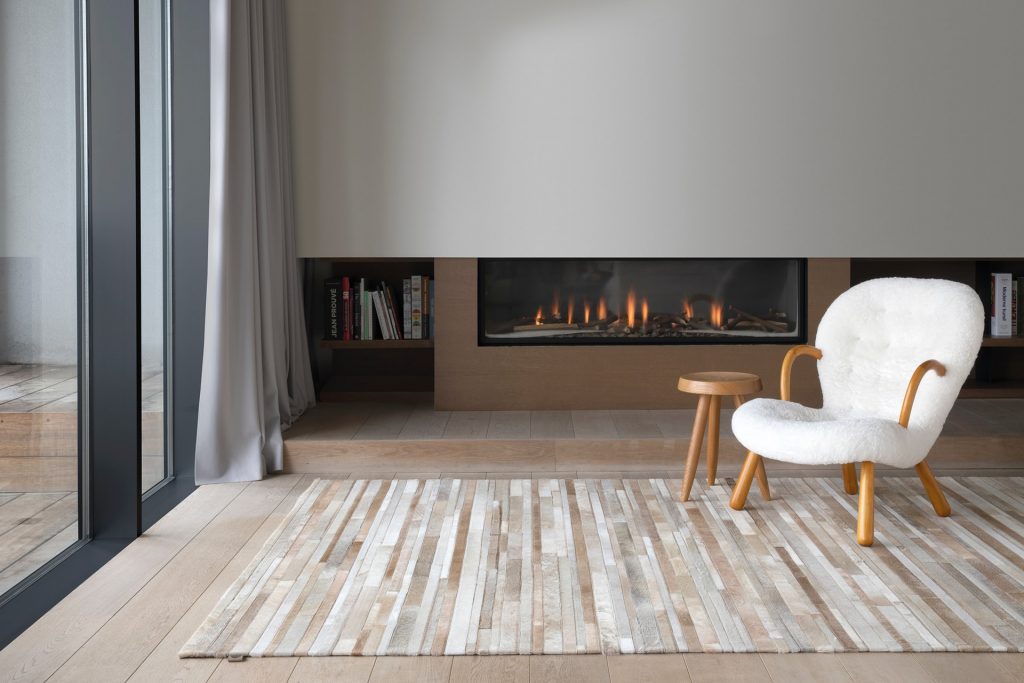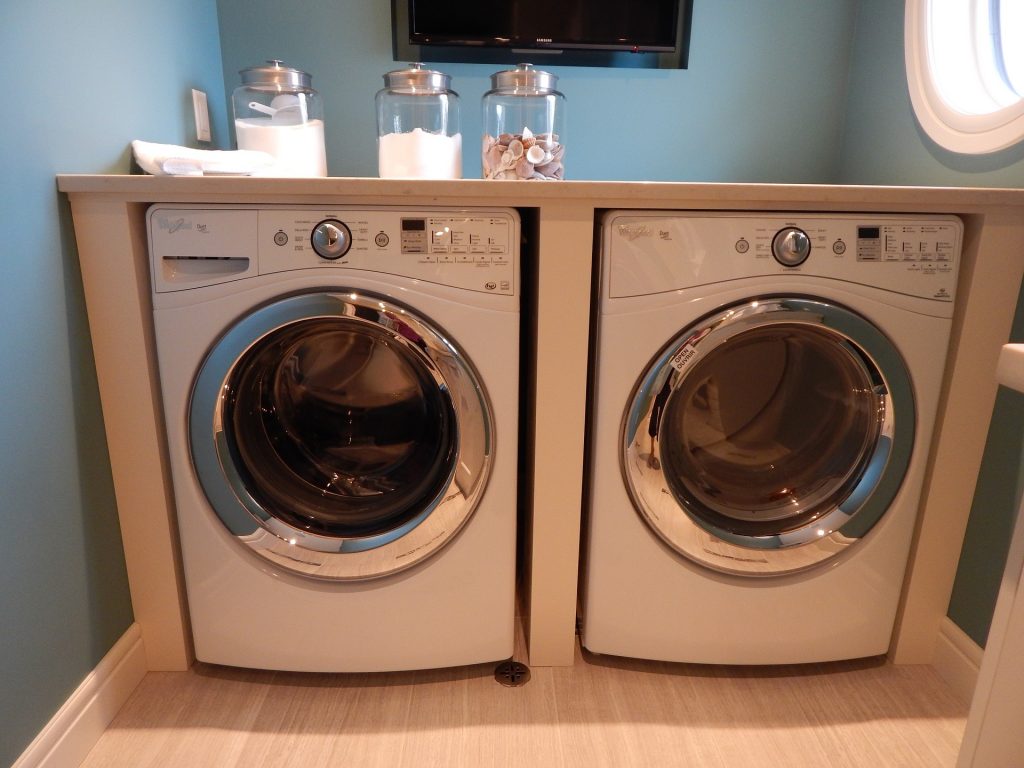So, temperatures are climbing and you want to get a jump start on finding the perfect Air Conditioner, let Maydone help you out with these tips on getting your AC at a lower price and picking the right unit for your home appliance needs.
Get a jump on the off season
The best time to go ahead and get a brand new air conditioner unit is usually in the colder months of the year so winter and spring are your best options for finding these appliances at a lower price in any store. But that’s not all, you also can take advantage of special sales and other appliance tricks.
- Black Friday is an optimal date to go shopping for an AC or any other appliance, so keep track of those dates.
- Cyber Monday is a smaller ‘digital’ Black Friday
- Seasonal summer deals have become more common so keep an eye out for those
- Special event sales for labor day or other dates
How to choose an AC unit that’s right for your home?
One of the main issues when picking an air conditioner is power. Meaning how much power and what size will work to keep the right temperature in your home. Plus, whether a window unit or central is better for your needs.
Here are some things to consider:
- Window units are cheaper and easier to install
- Central air systems can also function for heating purposes
- Central air require professional installation and more work usually
When it comes to power these references may help:
- A small room of about 100-300 square feet would require a potency of around: 5,000 – 6,000 BTU*
- A medium room of about 250-550 square feet would require a potency of around: 7,000 – 8,200 BTU
- A large room of about 350-950 square feet would require a potency of around: 9,800 to 12,500 BTU
*BTU is a British thermal measurement unit that is commonly used for air conditioner appliances, the higher the number the more the power it has.
How to install a new air conditioner unit?
If you want to go ahead and install your new AC unit yourself you will have to carefully read the models instruction manual and follow every step carefully, to get you started do this:
- Prepare the area where the unit will be placed by cleaning and clearing the space.
- Get all your tools together before starting.
- Make sure to have another person helping if the unit is heavy.
- Watch tutorials when possible.
- Have materials ready to clean up any mess.
- Install with power cutoff in order to avoid electrical accidents.
Call Maydone!
One of the best ways to take care of your new investment is to have top rated professional technicians handle your AC installation. This way you make sure things are in order and that you are all set to enjoy your new air conditioner.
Maydone has been in business for several years with tons of experience, great reviews and it also offers 24/7 repair service in the Greater Toronto Area.






